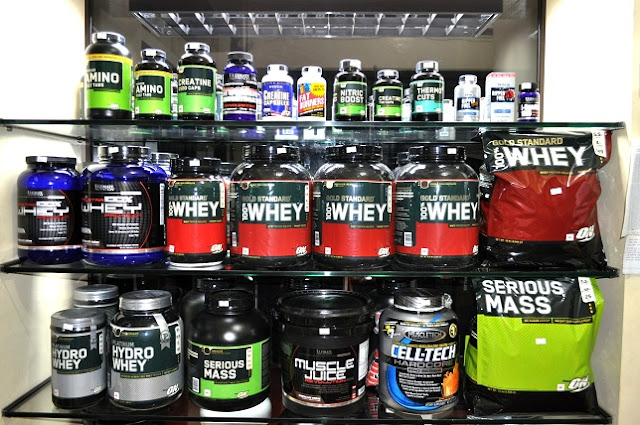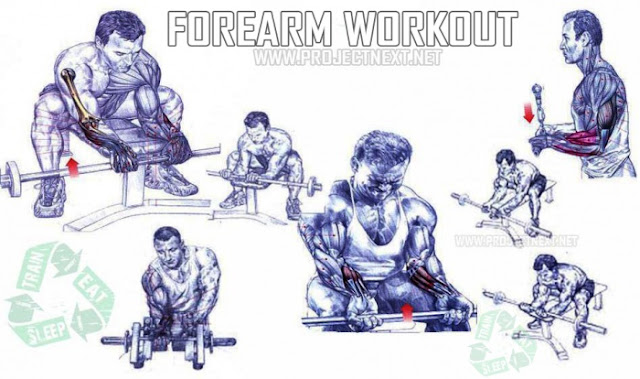by BaxterAlthough Cobra pose (Bhujangasana) is often the first active backbend that many beginners encounter, that doesn’t mean there isn’t a lot to this famous snake! Depending on the version you are practicing, Cobra is a great way to strengthen your upper back your middle and upper, or the entire length of the muscles from your pelvis to the back of your head. Because you are actively pressing your hands or forearms into the floor and lifting your chest up, you are also strengthening and stabilizing the area around your shoulder joint and shoulder blades, an area where a lot of people are weak. And because you are taking your back into a backbend, you are inviting stretch and flexibility into the front of your body, in this case from your front hips to your chin.
I prescribe this pose for:- Upper back stiffness
- Rounding forward of the upper back (kyphosis)
- Poor Posture
- Upper body strength
- Improving overall spinal mobility and flexibility
- Energizing yourself when you are fatigued
- Uplifting yourself when you are mildly depressed
- Counter-pose for forward bends and twists
Cautions: This is generally a well-tolerated pose. But if you have arthritis of the neck area or lower back pain that is aggravated by backbends, you may need to skip this pose and instead practice supported backbends, such as those described at Featured Pose: Supported Backbend. For those experience a feeling of mild discomfort or vulnerability in your lower back, firming your belly towards your spine while in the pose can sometimes eliminate the problem. If you have a hernia in the front belly area be cautious that this does not make them worse. Bridge pose, where gravity is opposite, may be a better backbend for you. And if you have wrist, elbow or shoulder issues and doing this pose makes your symptoms worse, do a modified version that reduces impact on the problem area.
Classic Pose (High Cobra)
Compared to our other variations, the classic version of Cobra pose creates the largest overall backbend in your entire spine, maximizing back muscle strengthening and front body lengthening. It also strengthens your arms and shoulders more than the other versions. To keep your wrists safe, it is important to position your shoulders over your wrists, but no further forward.
There are two ways of getting into the pose: from Downward-Facing Dog pose (Adho Mukha Svanasana) and from lying on your belly.
To come into the pose from Downward-Facing Dog pose, swing your shoulders directly over your wrists into Plank pose. If your hips are way up in the air in Plank, wiggle your feet back a few inches until your shoulders and heels are in one long line. Next, keeping your arms straight, swing your hips and knees forward and down, allowing for a slight bend in your knees so your legs can come to rest on the floor, with your pointing your toes back.
As you swing into place, turn your chest forward and float your head above your shoulders, gazing straight ahead. Double check to make sure your shoulder/wrist alignment is safe, and press down firmly into the palms of your hands as you lift up through your arms into your shoulders. If you are not flexible enough to fully straighten your arms while keeping your legs on the floor (your pubic bone can lift off slightly), allow your arms to bend as necessary.
Move your shoulder blades down your back (rather than allowing them to hunch up toward your ears) and firm them against your back to open your chest. Widen your collarbones away from your breastbone.
Stay in the pose for 6 breaths initially, but work up to longer holds over time. To come out of the pose, by bending the elbows and lowering down onto your belly and chest, or turn your toes under, lift your hips up and swing back into Downward-Facing Dog pose.
To enter from a prone position, start by lying face down on the floor with your toes pointing back and the tops of your feet resting on the floor. Rest on your forehead or chin on the floor. Now, bend your elbows and place your hands palm down, fingers pointing forward, by the sides of your rib cage, half way between your shoulders and your lower ribs (you may have to play with your hand position to get the right shoulder/wrist alignment in the full pose). In this position, your arms will look like grasshopper legs. To come into the backbend, press your palms down and begin to straighten your arms, slowly rolling up until you are positioned in classic Cobra pose as described above, with your legs lengthening along the floor. If you are not flexible enough to fully straighten your arms while keeping your legs on the floor (your pubic bone can lift off slightly), allow your arms to bend as necessary. Work with your shoulder blades and collarbones as described above.
As in the previous version, stay in the pose for 6 breaths initially, but work up to longer holds over time. To come out of the pose, bend your elbows and lower back down onto your belly and chest. Then, slide your arms by your sides, turn your head to one side, and gently rock your hips side to side if that feels like a relief for your hips and lower back.
Sphinx Pose
(Sorry, not photo. See "Sphinx with Palms Together" below to get the general idea.)
I recommend this version for those starting off with stiffness or weakness, as well as for those with wrist issues but healthy shoulders.
To set up for the pose, start on your belly as in classic Cobra above, with your hands on the floor about in line with your shoulders. To come into the backbend, press into your hands just enough to roll up about six inches off the floor. As you come up, with your forearms parallel, slide your hands and forearms forward onto the floor until your elbows are under your shoulder joints. Press your forearms down into the floor while lifting your chest up, moving your shoulder blades down your back, widening your collarbones, and bringing your head to a neutral position over your shoulders.
Stay in the pose for 6 breaths initially, but work up to longer holds over time. To come out of the pose, slide your elbows out to the sides as you lower your chest and head down to the floor. Then, slide your arms by your sides, turn your head to one side, and gently rock your hips side to side if that feels like a relief for your hips and lower back.
Low Cobra
This version is great for those newer to yoga who need to strengthen their upper backs more than other sections of the spine and who may have general stiffness in the wrists.
To set up for the pose, start on your belly as in classic Cobra above, with your hands on the floor about in line with your shoulders. To come into the backbend, press into your hands just enough to roll up about six inches off the floor. Use your back muscles to keep you in this lower position, with your hands just lightly pressing into the floor, your elbows bent and parallel to the sides of your body. Be mindful to lift your head into the general curved arch of the backbend without throwing your head back dramatically (a common mistake I see with beginners). Work with your shoulder blades and collarbones as described above.
Stay for 4-6 breaths initially and gradually work up to longer holds. To come out of the pose, lower down onto your forehead or chin. Then, slide your arms by your sides, turn your head to one side, and gently rock your hips side to side if that feels like a relief for your hips and lower back.
Sphinx with Palms Together
This variation is essentially the same as Sphinx pose above, except your touch your palms with your forearms on the floor. That simple adjustment makes this version easier on your shoulders, especially for those with rotator cuff injuries.
To come into the pose, use the same steps as for Sphinx above, but instead of keeping your forearms parallel, bring your palms together. Work with your shoulder blades and collarbones as described above.
Stay in the pose for 6 breaths initially, but work up to longer holds over time. To come out of the pose, slide your elbows out to the sides as you lower your chest and head down to the floor. Then, slide your arms by your sides, turn your head to one side, and gently rock your hips side to side if that feels like a relief for your hips and lower back.









































